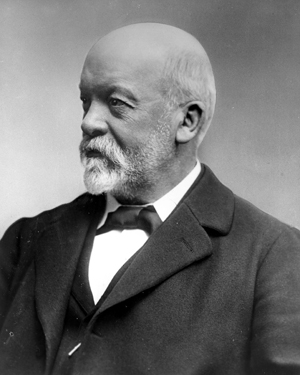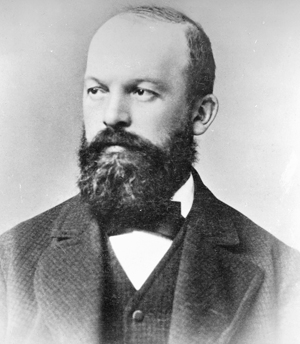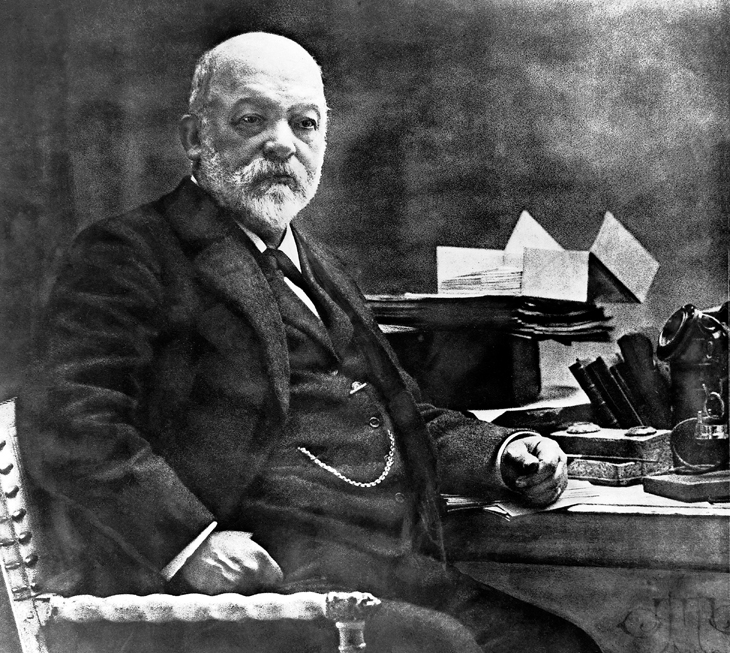|
|
|
|
|
Then in 1894, with the threat of bankruptcy mounting, Daimler was required to sell his DMG shareholding for one third of its original value. Daimler's departure was to bring the company no good fortune. The strategic decision to focus on the marine and stationary engine market proved mistaken. When Duttenhofer realised the company lacked a capable designer, he attempted to persuade Maybach to return. But the engineer rejected the offer, making it clear he would only consider a return in conjunction with Daimler. Duttenhofer would presumably never have entertained such an idea, were it not for a new factor that brought about a change of heart among the company's top management. The Phoenix engine, designed by Wilhelm Maybach at the Hotel Hermann, was one of the most advanced power units of its time and was attracting a great deal of worldwide attention. Where engines were concerned, the name of Daimler was suddenly on everyone's lips. A group of British industrialists led by their spokesman Frederick R. Simms offered to buy the licensing rights to the engine for the colossal sum at the time of 350,000 Marks. However, conclusion of the agreement was made dependent on Daimler returning to the company. So Daimler, Maybach and the team that had been working at the Hotel Hermann all returned to DMG to take up position once again at its heart. Now Duttenhofer was forced to swing in behind Daimler. As far as the company's strategic orientation was concerned, Daimler had won hands down. He was given back his share of 200,000 Marks as well as a profit participation certificate worth 100,000 Marks; in addition, he was also appointed to the Council of Recommendation and to the role of General Inspector. Gottlieb Daimler died on 6 March 1900. His work proved to be much more significant than even he dared imagine: motorisation on water, land and in the air became a global reality. In 1978 he was inducted posthumously into the Automotive Hall of Fame, Dearborn, and in 2001 into the European Automotive Hall of Fame, Geneva. Gottlieb Daimler in his workroom, about 1898
|
|
Home < Mercedes-Benz < Mercedes-Benz Cars < Historical Models < History
|


